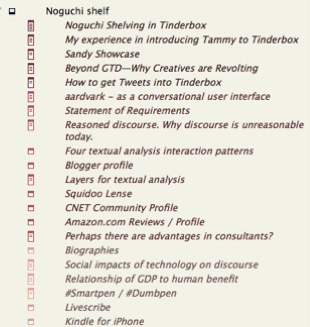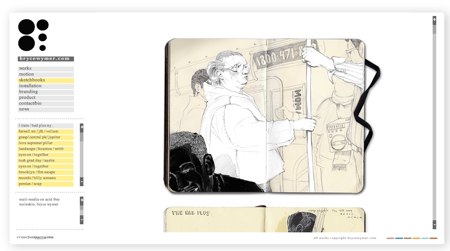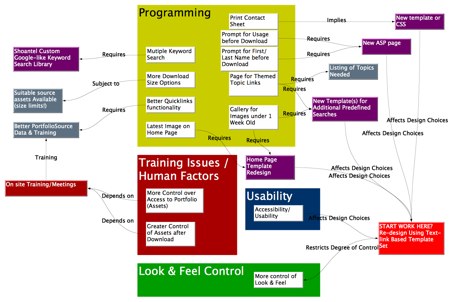The standards and customs of newspaper journalism were not dictated by some grand, divine bargain with the Public Interest. They were shaped by the economics of production and distribution.
If you need to print a big-city newspaper every day, using 20th century technology, you’re going to have big, expensive printing presses — and lots of people to operate and maintain those presses. You’re going to have lots of people delivering the paper to stores, to street corners, to news stands, to houses — and you’re going to have fleets of trucks (or, before 1945, horse-carts) to carry those them. That’s all sunk cost: you have to buy the machinery and pay the delivery people, whatever else you do. Good paper or bad, big paper or small, the horses have to be fed.
That means you need investors and bank loans. That means your competition will be limited, because not everyone can have investors and bank loans. It means you can spend lots of making your product a little bit better; you’ve already paid so big an ante to get in the game that a little extra investment doesn’t change the economics much.
And, of course, it means you have lots of eyes on the product. Publishers, editors, investors, bankers – everyone has an opinion, and everyone thinks they are a stakeholder.
Media that require large production and distribution costs always skew toward terrific production values and conservative, cautious, consensus work. Newspapers, big magazines, network news, Hollywood: they’re all shaped by the economics of investment.
Conversely, media that don’t incur big production and distribution costs can be quirky and individual, the unedited voice of a person. You don’t need much capital to publish a book; in practice, it has generally required only two people: the author, and one acquiring editor at a major publishing house. It’s easy to show a painting: you need an artist and a gallery. That means you can risk more in books and in painting. You can leave the brushmarks on the canvas; as long as your publisher or your gallery doesn’t mind. Uou can try all sorts of things that the conventional wisdom considers sloppy, or strange, or crazy.
Blogging, of course, only requires one person. You don’t need a banker, you don’t need an acquiring editor, you don’t need a gallery. To be crazy is not necessarily a disadvantage for a blogger.
In between, you’ve got a spectrum of options. Drama requires more than a couple of people, but you only need one theater, a script, and some actors. Cinema requires a theater in every town. So, off-Broadway you have less polish than Broadway, and New York remains more free to experiment than Hollywood. Music’s all over the place, from the one-man band by the quick-lunch stand who plays real good for free to the big city symphony orchestras and stadium tours. On the street, you get quirks; at symphony hall, you get polish.
Take two news organizations, one designed for newspapers and one designed for the Web. They will be different, because the Team Newspaper is built around the capital requirements of the bank loans that pay for the presses and the trucks. Team Web isn’t. Team Newspaper checks everything, then check again: not because they are “professionals” or because it is holy writ, but because the editors and publishers and investors and the bank are always watching. It’s their paper. Not theirs alone — we’re all grownups, we know there are multiple stakeholders — but if you’re going to annoy one of the people at the top table, you’d better be right. Drudge can annoy who he likes, because he doesn’t need investors.
Gruber is right; a lot of the newspaper staff is not editorial. But that’s all starts with production: getting the paper out. Simply lopping off the production staff is unlikely to be the answer, because the whole enterprise was built around production. Besides, you’ve got equipment and real estate and debt and contracts, all structured around production and distribution; you can’t just walk away because it’s collateral. In addition, there’s a history problem: newspapers historically exploited pressmen and deliverymen, the employees eventually got a decent deal, and now nobody is going to trust the company if it tries to fire all the pressmen and delivery men. The newspapers have been trying to do that for a hundred years: it’s called breaking the union. So, sure, there are big non-editorial staffs, but that’s what newspapers are.









